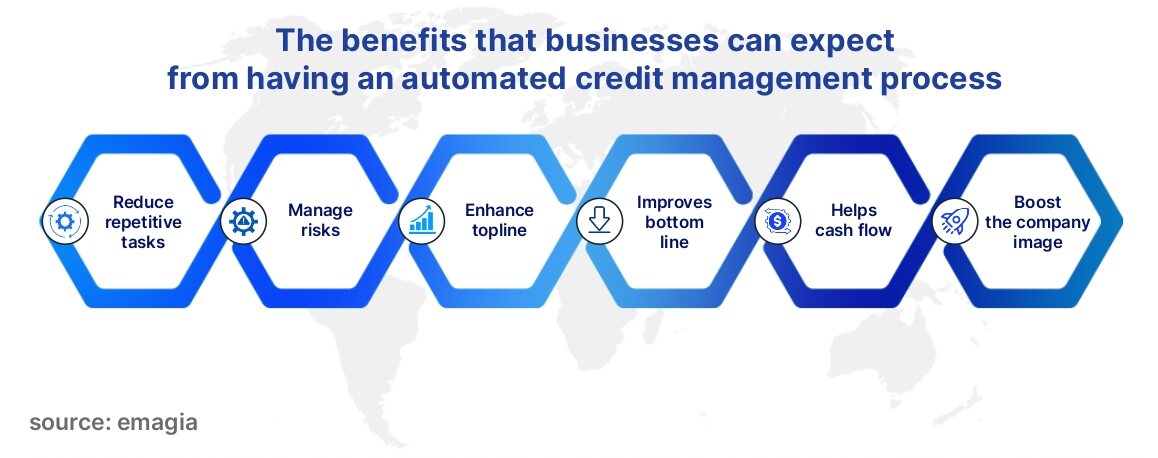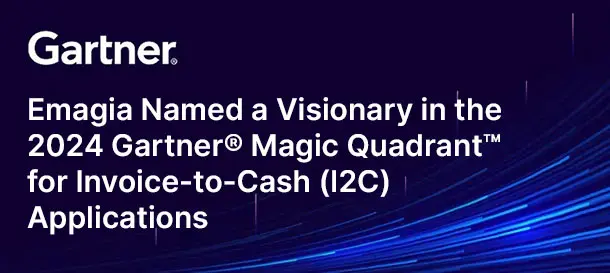What is Autonomous Finance vs Automated Finance?
There are many different ways you can explain autonomous finance. Isolated process automation is like a top-end car having several automatic features, but is entirely different from a self-driving autonomous car which handles almost all the driving operations by itself.
In the same way, the trend of companies automating certain operational processes and workflows in bits and pieces using robotics process automation (RPA ) has been there for some time now, but it is not similar to a ‘smart manufacturing’ or ‘factories of the future’ that culminates in autonomous factories.
While automated finance is where a few tasks and workflows are automated, autonomous finance allows finance teams to concentrate on more strategic activities leaving most finance processes to technology tools to take care of.
Key Takeaways:
- The difference between Automated finance vs Autonomous finance
- The evolution of Autonomous Finance
- Why should credit management be automated
- How important is the automation of credit management for business growth
Transformation Journey Towards Autonomous Finance
Spreadsheets and then ERPs were the beginning of digital adoption in finance, which digitalized the manual recording and processing of finance and accounting transactions. It did not, however, transform finance digitally, which only began with the emergence of Industry 4.0 or emerging technologies, such as artificial intelligence (AI), machine learning (ML), deep learning (DL), natural language processing (NLP), internet of things (IoT), robotic process automation (RPA), big data, analytics, application programming interfaces (APIs), cognitive document data extraction, optical character recognition (OCR), computer vision, cloud computing, blockchain, web3, crypto, metaverse, among others, in finance as in other functions.
We have since seen finance functions transforming from traditional bookkeeping, compliance, and audit mandates to more strategic roles. According to Gartner’s Chief Research Officer for Finance, Alexander Bant, “ 2022 will be a make-or-break year for CFOs when it comes to unlocking the value of AI, hyper-automation, digital skills, continuous processes, and data management. CFOs who continue to drive toward the future of autonomous finance will unlock immense value for their organization in the years to come”.
How Does Autonomous Finance Help Drive Business Growth?
Autonomous finance eliminates efficiency bottlenecks in finance operations such as credit management, accounts receivables, accounts payables, cash flow, budgeting, F&PA, and other financial processes. This is achieved through replacing mundane and routine manual works with technology tools like AIs supported by other emerging technologies. A study by Deloitte foresees how automation and blockchain, among others, can transform finance transactions touch-less and self-serving.
When finance processes, like in any other business function, run on their own with no or minimal manual intervention and support, the finance teams can leverage their skills and expertise in areas that require more strategic skills – the level AIs have yet to reach.
Since the processes that autonomous finance takes care of are wide and many, we will focus in this discussion on one micro process – credit management – within the OTC process to show how effective and productive can be automation of each process and how impactful will be the synergy of all finance automation leading to autonomous finance.
Credit Management Processes That Could be Automated
Studies show that over half of all bankruptcies come from poor credit management, signifying its importance. Credit management involves conducting due diligence by detecting possible reasons for non-payment, not only after the goods or services are delivered, but even before onboarding a customer and invoicing them.
The credit operations in most businesses are predominantly manual and often too slow for today’s customer expectations, resulting in poor customer experience. Let us examine the processes that can be automated or the automated processes that an OTC application must have:
- Risk assessment: This has to be performed for onboarding new a customer to avoid any risks later on. But often these tasks are conducted manually taking a long time which either prompts the customer to leave in frustration or the company to give up. While not doing risk assessment is dangerous, taking longer time to do it leads results in losing customers. Automation of this process helps access data from internal and external sources and analyze them to provide insights into the risks.
- Customer monitoring: Perpetual monitoring is crucial to ensure the credit management team gets alerted on credit risk changes, solvency by credit agencies and other sources, and as well as keep a watch on payment to detect the prabable risk of delays. With automation, the entire process of collecting and using these data to monitor customers becomes easy to suggest individual cases that need your attention and manage order hold and release.
- Credit approvals: Automation of the credit management process enables automated approve or decline requests by looking at data collected from various sources and internal and external updates on changes in data and policies.
- Regional adoption: The credit management system, with its automated features, helps expand the business to new regions with consistent, but region-compliant and customized credit policies.
- Automated dunning: An automated payment follow-up process – a task fully or partially connected to the credit department – will help you communicate with your customer in a personalized and intelligent way as per schedule with templates and intelligent data. If you have engaged collection agencies to collect the overuse outstanding, collaboration with the agencies can be automated.
Why Should You Automate Credit Management Processes?
Automation of the credit management process delivers benefits, ranging from faster customer acquisition and processing of credit approvals to avoid bad debts. Your digitally enabled credit management function can transform customer onboarding and relationship to enable you to drive revenue growth.
Companies tend to lose prospective customers because they expect a much better customer experience in today’s technologically advanced environment. of the slow pace of the process Boosting credit operations can directly improve sales growth.
We will now take a look at the benefits that businesses can expect from having an automated credit management process:
- Reduce repetitive tasks: Scaling up your business will require removing process bottlenecks including order processing. Automating repetitive low-skill tasks related to the OTC process that includes a credit check and customer onboarding delivers a better customer experience resulting in sales growth.
- Manage risks: An efficient customer portfolio management across your customer base, rather than just the large higher-risk ones, will require improving the quality and coverage of your data, which can be achieved through automation.
- Enhance topline: Automation making the credit check and new customer onboarding process seamlessly smooth helps faster customer acquisition leading to revenue growth.
- Improves bottom line: Credit management automation allows you to monitor risks related to payments from customers and thus reduce the potential bad debts, and reduce operational costs by minimizing or eliminating manual work, both help boost your profitability.
- Helps cash flow: Continuous evaluation and monitoring of credit rating and financial health of the customers contributes to reducing DSO to improve cash flow, liquidity, investment, and reduce capital cost.
- Boost the company image: Many professionally managed, publicly listed, and large companies would like to do business with well-governed companies. Credit management enhances the positive and professional image of the company.
Concluding Note
The credit management element in an autonomous finance ecosystem must be kept up to date concerning internal processes and policies, connected technology applications and tools, and external sources. Emagia’s Accounts Receivable application can play a critical role in making finance autonomous and is compatible with ERPs like SAP, Oracle, and MS Dynamics, to name a few, and external sources and credit rating agencies that work as sources for the credit management application to fetch data intelligently to conduct credit control process with minimum or no human intervention.





